Lyžařské hole jsou důležitou součástí vybavení lyžařů, ale jejich používání se liší podle úrovně dovedností a typu lyžování. Pokud jde o používání holí se Snowfeet, odpověď není jednoznačná. Snowfeet, známé také jako skiboards nebo skiblades, jsou kratší a širší než tradiční lyže, což je činí snazšími na manévrování a ovládání, zejména pro začátečníky.
Jsou hole důležité při lyžování?
Lyžařské hole jsou důležité a mohou plnit několik významných funkcí, ale zda byste měli lyžovat s holemi nebo bez nich, závisí na vaší úrovni dovedností, stylu lyžování a konkrétních cílech.
Výhody lyžařských holí:
Rovnováha a stabilita: Lyžařské hole pomáhají udržet rovnováhu a stabilitu, zejména při lyžování na nerovném terénu nebo vyšších rychlostech. Poskytují další kontaktní body se sněhem, což pomáhá udržet kontrolu.
Časování a rytmus: Hole mohou pomoci vytvořit rytmický a plynulý pohyb při lyžování, zejména při carvingových zatáčkách. Pomáhají koordinovat pohyby horní části těla s pohyby dolní části těla, což vede k hladšímu lyžování.
Řízení a manévrování: Hole lze použít k řízení a manévrování, pomáhají vám vést lyže a efektivně zahajovat zatáčky.
Pomoc na rovinách: Na rovinatých nebo mírně stoupajících úsecích mohou hole poskytnout dodatečný impuls, což usnadňuje klouzání.
Pomoc v hlubokém sněhu: V prašanu nebo hlubokém sněhu vám hole mohou pomoci se odrazit a udržet rovnováhu, čímž zabráníte uvíznutí.
Lyžování bez holí
Pro začátečníky nebo ty, kteří se učí lyžovat, někteří instruktoři mohou doporučit začít bez holí. Tento přístup může pomoci nováčkům soustředit se na rozvoj základů lyžování, jako je rovnováha, rozložení váhy a kontrola hran, bez složitosti koordinace pohybů holí.
Připravte se na své další zimní dobrodružství
Měli byste lyžovat bez lyžařských holí?
Lyžování bez lyžařských holí je možné a lze ho provádět v určitých situacích, ale nemusí být ideální pro každého nebo každý typ lyžování. Vždy byste měli zvážit svou úroveň dovedností, typ lyžování, který provozujete, svou fyzickou kondici a osobní preference. Pokud uvažujete o lyžování bez holí, může být dobré začít na známém terénu a postupně přecházet na náročnější svahy, abyste si byli jisti, že jste pohodlní a máte kontrolu.

Měli byste lyžovat s holemi?
Pokud jde o tradiční lyžování, hole obvykle používají lyžaři všech úrovní. Hole pomáhají udržovat rovnováhu, rytmus a hybnost při lyžování. Používají se také k odrazu a pohonu lyžaře vpřed, zejména při lyžování na rovině nebo při stoupání do kopce. Hole lze také použít k lepší navigaci mezi boulemi nebo hustými stromy, poskytují dodatečnou podporu a stabilitu.
Kdy byste měli lyžovat s holemi?
Existují však situace, kdy může být vhodné lyžovat bez holí. Pro začátečníky může lyžování bez holí pomoci soustředit se na rovnováhu a práci nohou bez rozptýlení holí. Navíc u určitých typů lyžování, jako je freestyle nebo backcountry, nemusí být hole nutné nebo mohou dokonce překážet.
Používáte hole se Snowfeet?
Někteří lidé dávají přednost nepoužívání holí při lyžování na Snowfeet, protože mají pocit, že jim překážejí a omezují rozsah pohybu. Jiní však zjistí, že hole poskytují dodatečnou rovnováhu a stabilitu, zejména při lyžování vyšší rychlostí nebo na strmějším terénu. Nakonec je použití holí se Snowfeet osobní volbou a může být potřeba trochu experimentování, aby člověk zjistil, co mu nejlépe vyhovuje.
Používají olympijští lyžaři hole?
V olympijském lyžování je používání holí rozšířené, většina lyžařů je používá jak pro rovnováhu, tak pro pohon. Nicméně existují některé typy lyžování, jako je ski cross nebo snowboard cross, kde nejsou hole povoleny. Je to proto, že tyto typy lyžování zahrnují více lyžařů závodících současně na trati a hole by mohly představovat bezpečnostní riziko.
Výběr holí
Při výběru lyžařských holí je důležitým faktorem jejich výška. Hole by měly být dostatečně dlouhé, aby poskytovaly adekvátní podporu a rovnováhu, ale ne tak dlouhé, aby byly nepohodlné nebo vám překážely při lyžování. Obecně by lyžařské hole měly sahat lyžaři do podpaží, když stojí v botách a drží hole vzhůru nohama s rukojetí dotýkající se země.
Délka lyžařských holí je otázkou osobních preferencí a může záviset na různých faktorech, jako je styl lyžování, terén a individuální tělesné proporce. Neexistuje univerzální odpověď, ale zde je několik obecných pokynů k zvážení:
Styl lyžování: Pro sjezdové lyžování jsou často preferovány kratší lyžařské hole, protože poskytují lepší ovladatelnost a kontrolu. Naopak pokud se věnujete běžeckému lyžování nebo ski touringu, mohou být vhodnější delší hole pro zvýšený pohon.
Terén: V strmějším a agresivnějším terénu mohou kratší hole zajistit přesnější zapichování a rychlejší reakce. V rovinatějším a klidnějším terénu mohou delší hole pomoci generovat větší sílu při odrazech.
Tělesné proporce: Vaše výška a délka paží hrají roli při určování vhodné délky holí. Hrubým výchozím bodem je držet hole vzhůru nohama s rukojetí dotýkající se země a rukama opřenýma o košíčky. Lokty by měly být přibližně v úhlu 90 stupňů. Nicméně osobní pohodlí a styl lyžování mohou vést k odchylkám od tohoto pravidla.
Experimentování: Nakonec je nejlepší způsob, jak určit správnou délku holí pro vás, experimentování. Vyzkoušejte lyžování s kratšími i delšími holemi a věnujte pozornost tomu, jak ovlivňují vaši rovnováhu, obratnost a celkový zážitek z lyžování.
Profesionální rada: Pokud si nejste jisti, může být užitečné požádat o radu zkušené lyžaře nebo profesionály v lyžařském obchodě. Mohou sledovat vaši lyžařskou techniku a nabídnout osobní doporučení na základě svých zkušeností.
Nastavitelné hole: Některé lyžařské hole mají nastavitelnou délku, což vám umožní přesně doladit délku hole podle konkrétních podmínek a aktivit, kterým se věnujete.
Pamatujte, že osobní pohodlí a preference se liší, takže se nebojte upravit nastavení podle toho, jak se cítíte na svahu. Cílem je najít délku holí, která zlepší váš lyžařský výkon a potěšení.
Závěr
Celkově mohou být lyžařské hole užitečným nástrojem pro lyžaře všech úrovní, ale jejich použití se může lišit v závislosti na typu lyžování a osobních preferencích. Ať už si vyberete lyžování s holemi nebo bez nich, je důležité najít to, co nejlépe vyhovuje vám a vašemu individuálnímu stylu lyžování.

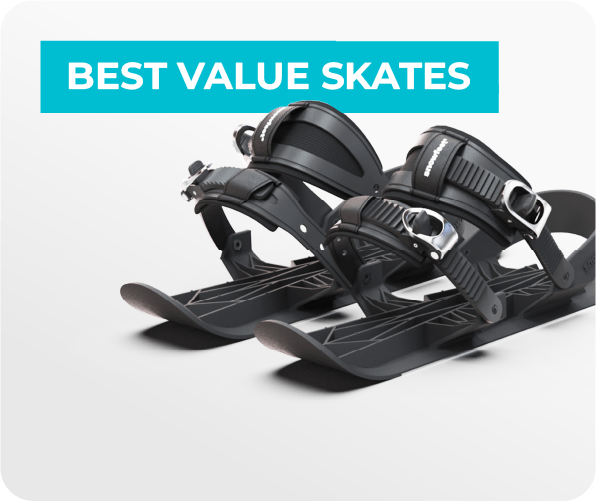
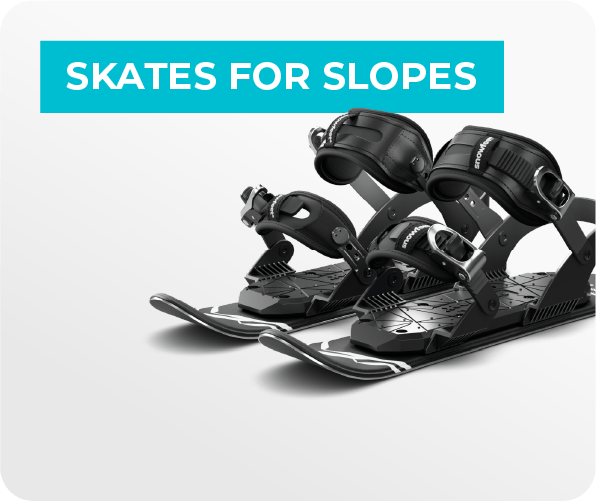
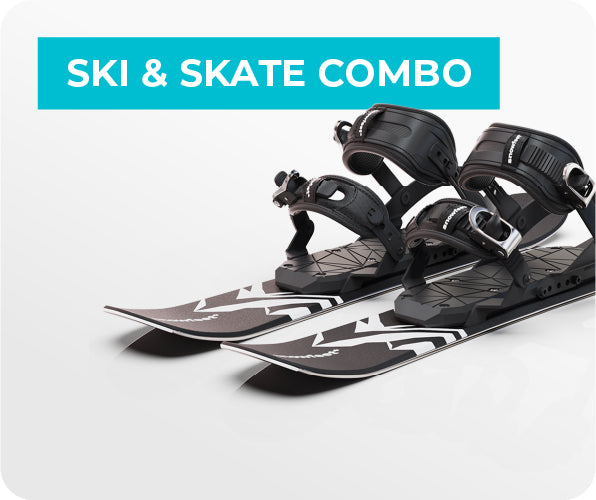
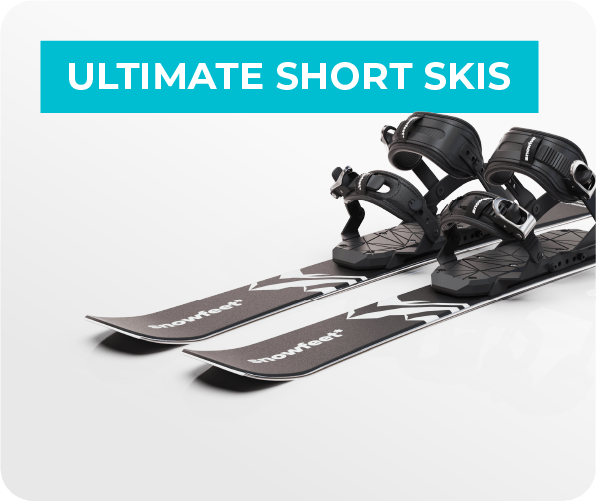
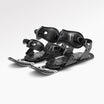
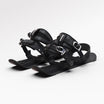
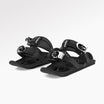
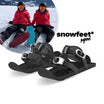
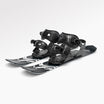
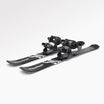
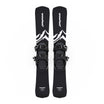
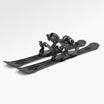
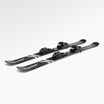
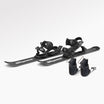
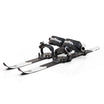
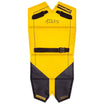
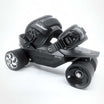
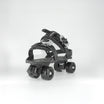
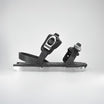
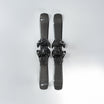
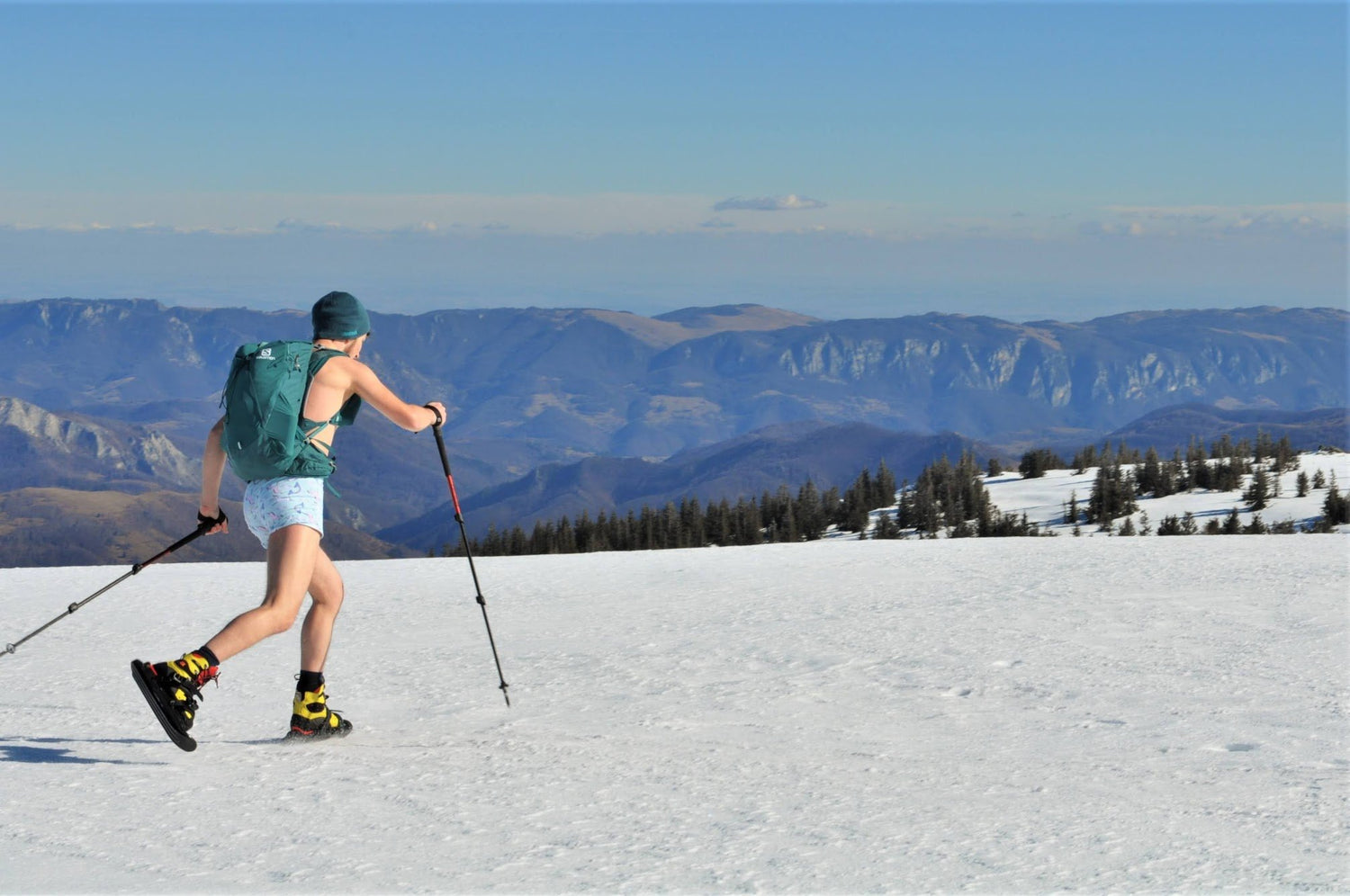







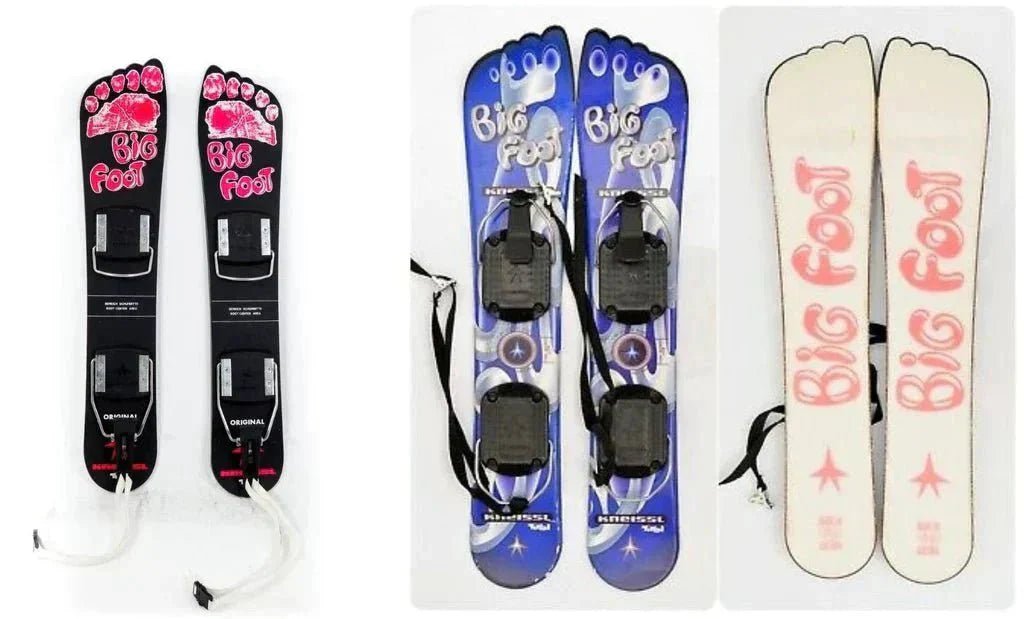
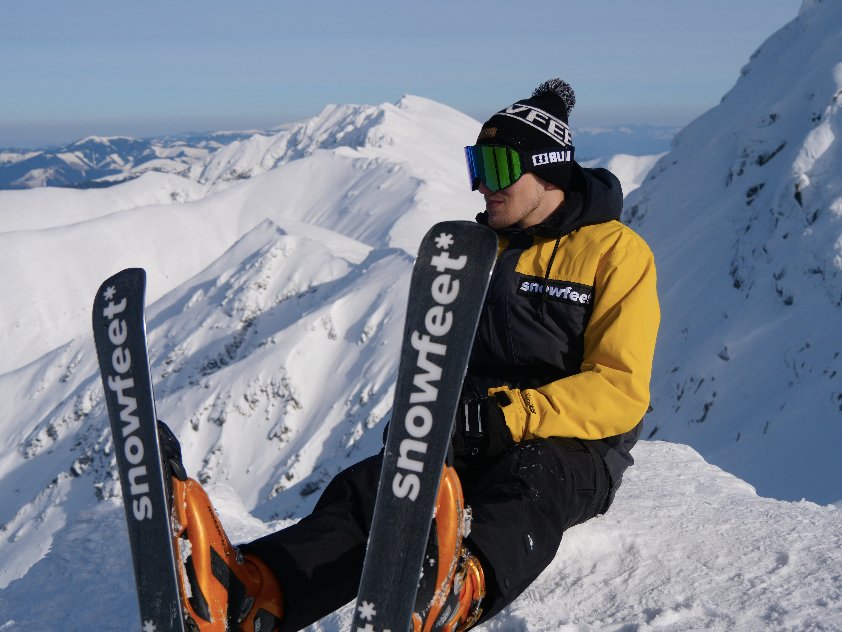
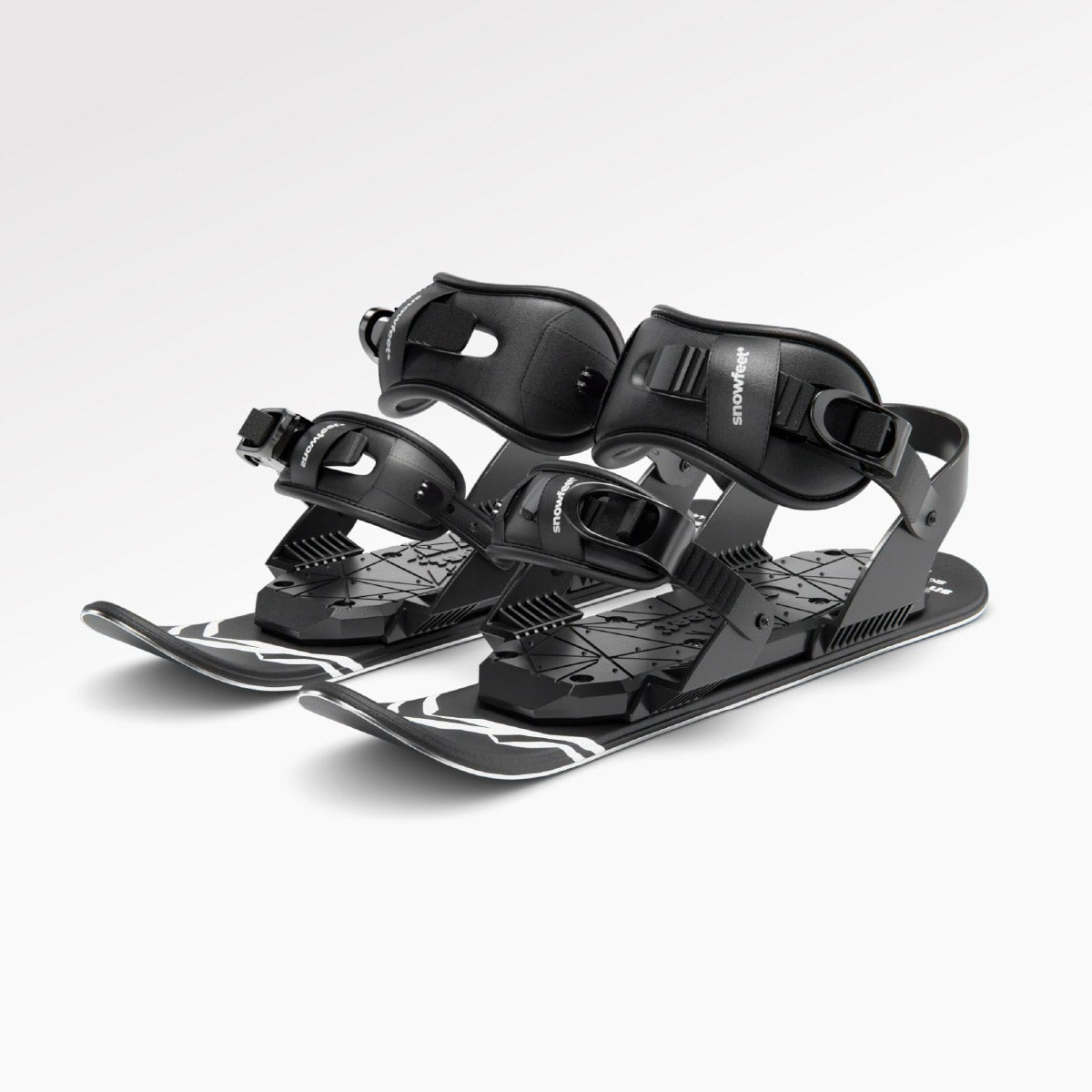
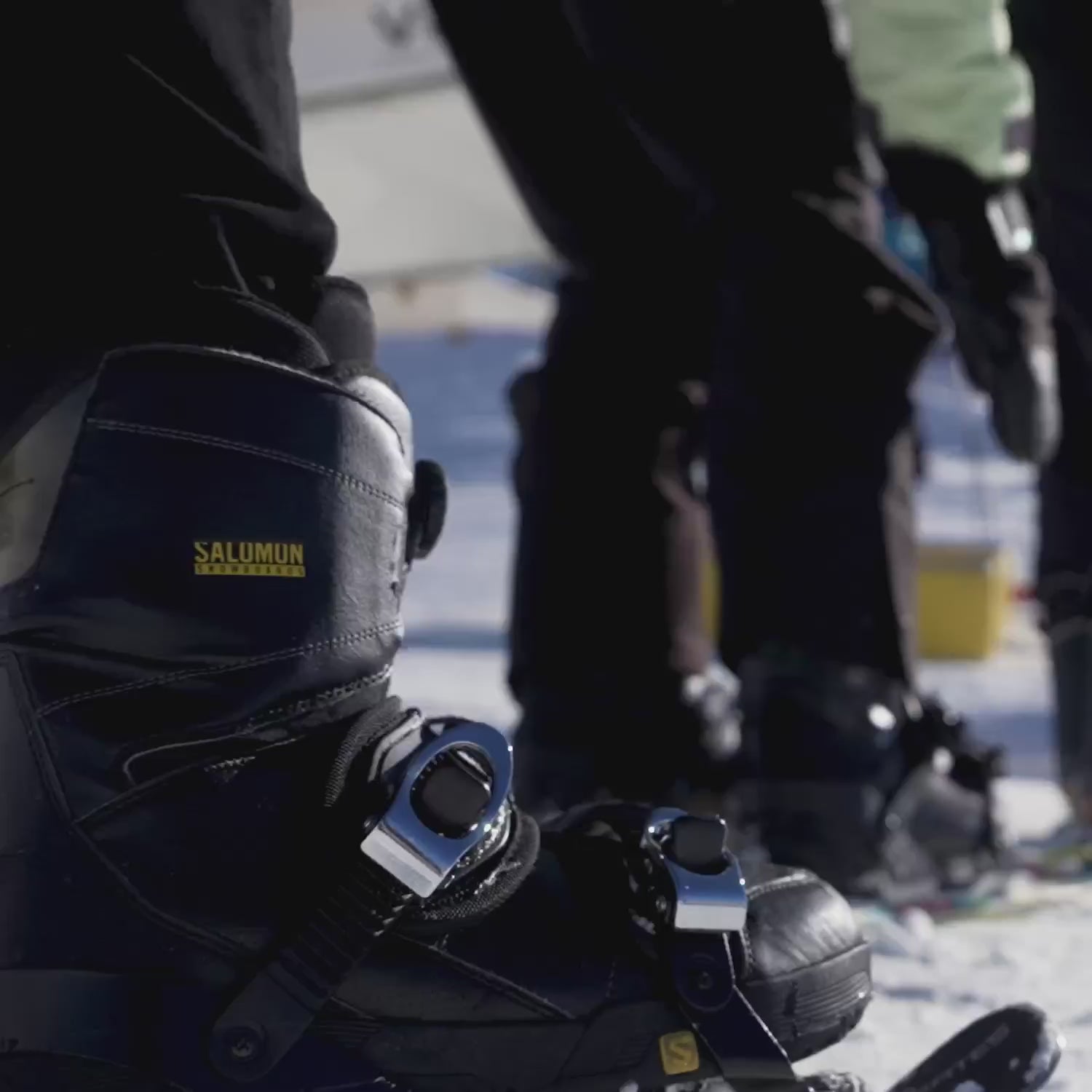
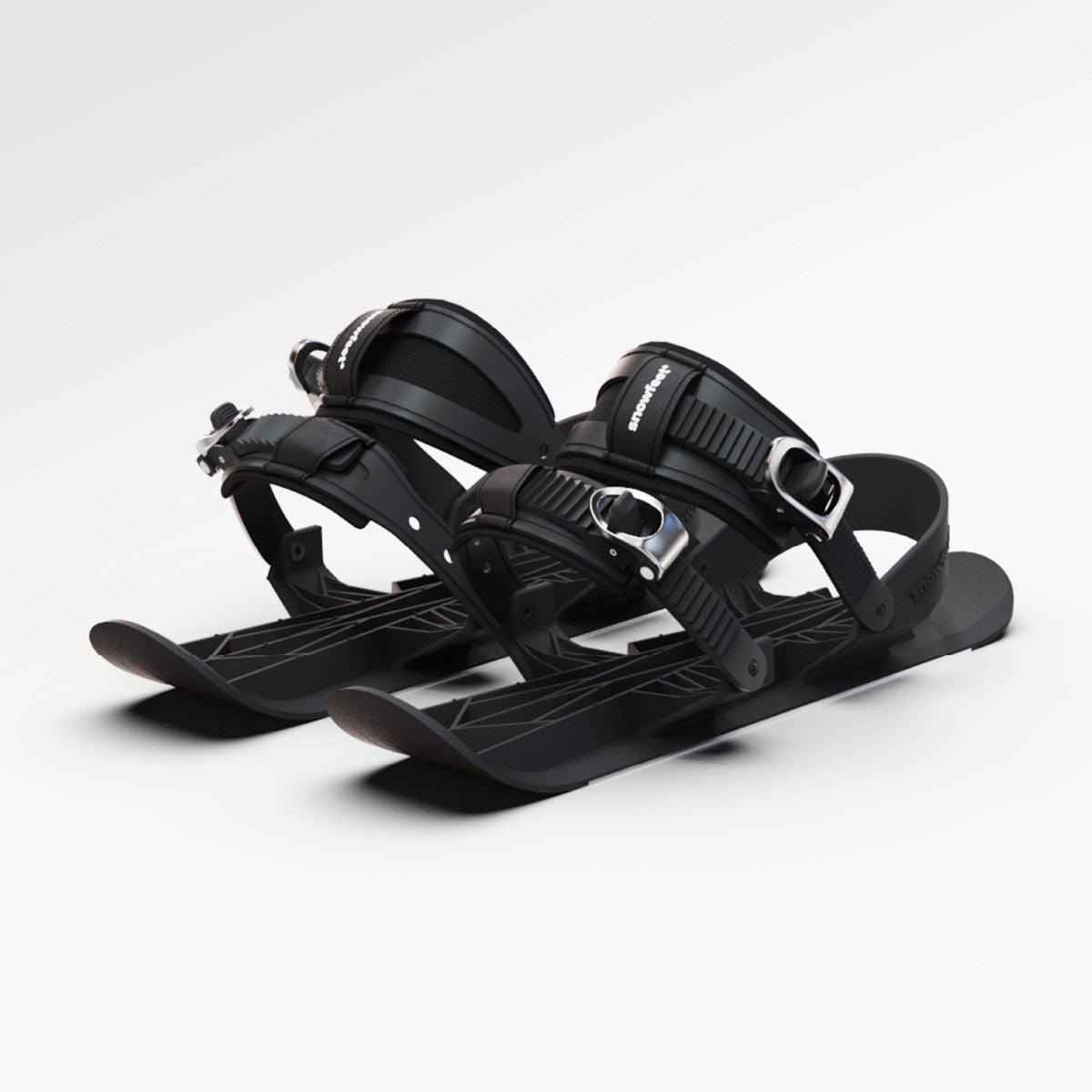

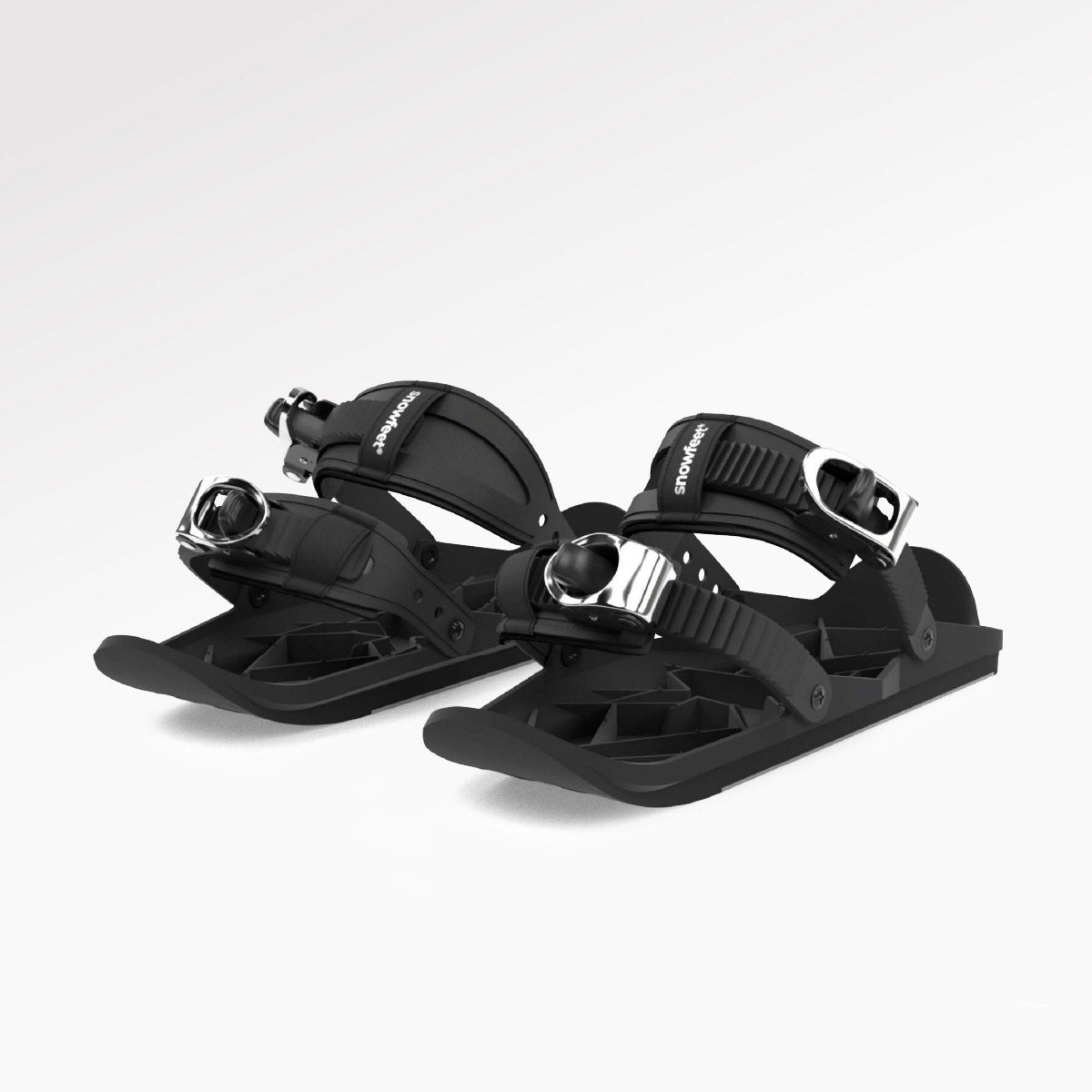
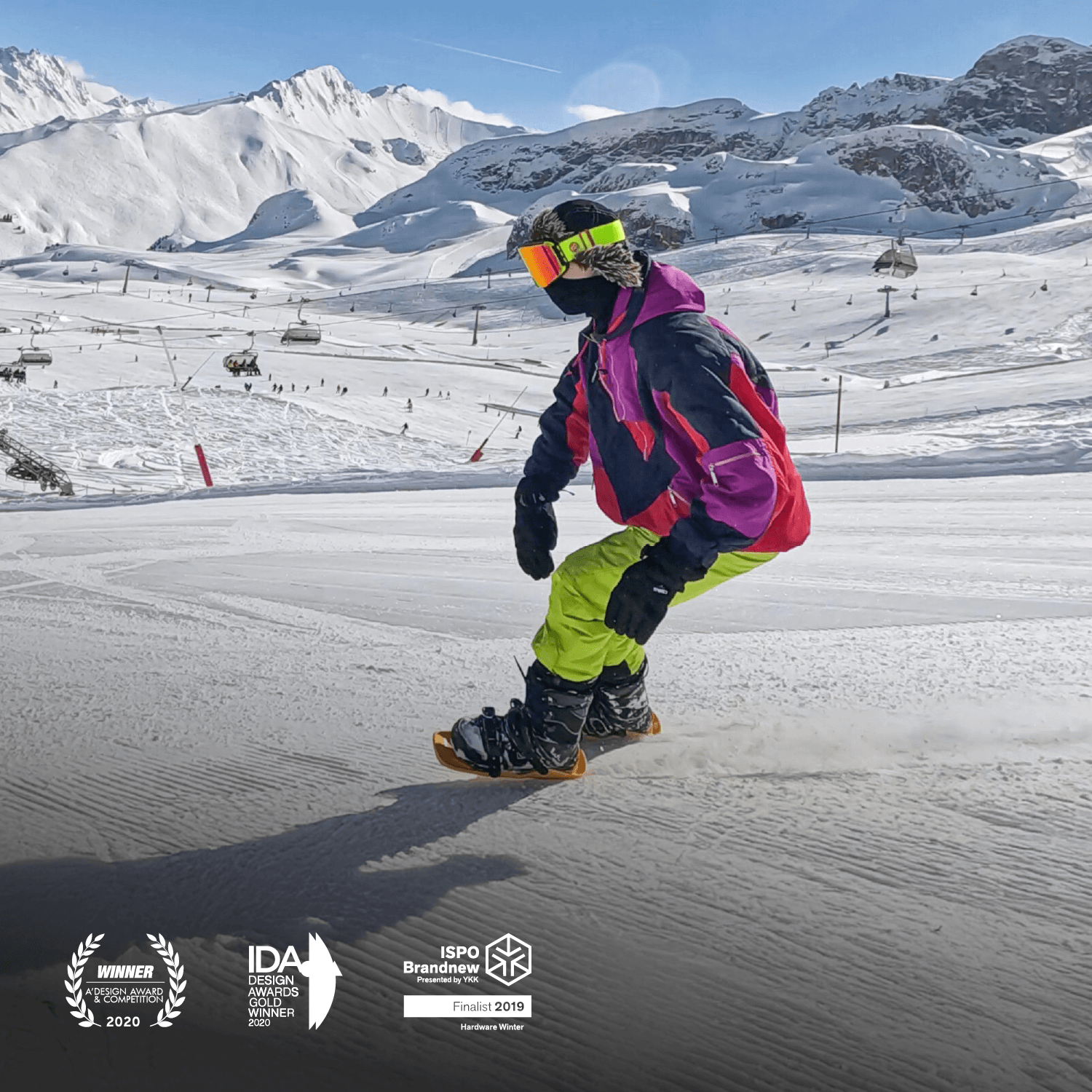
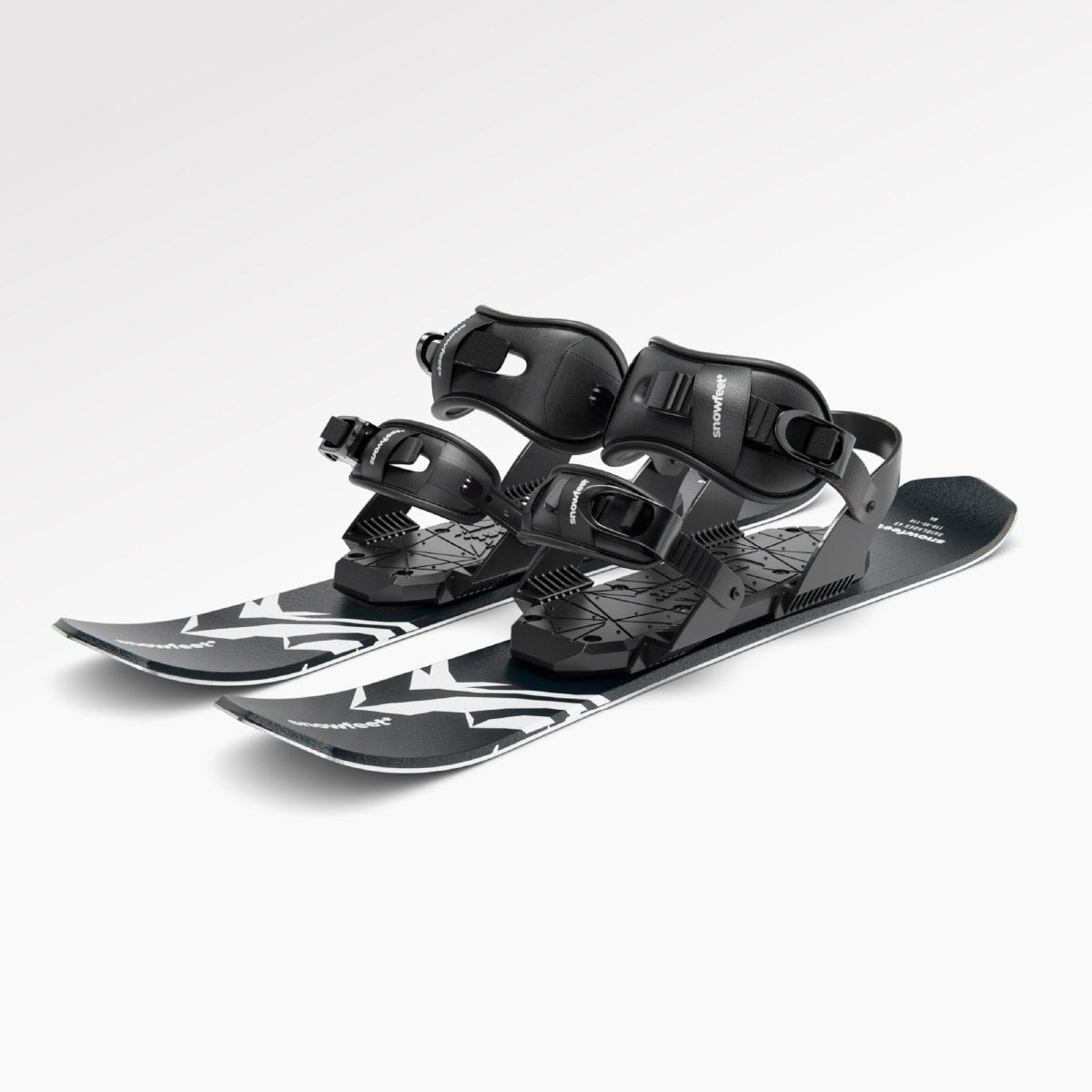
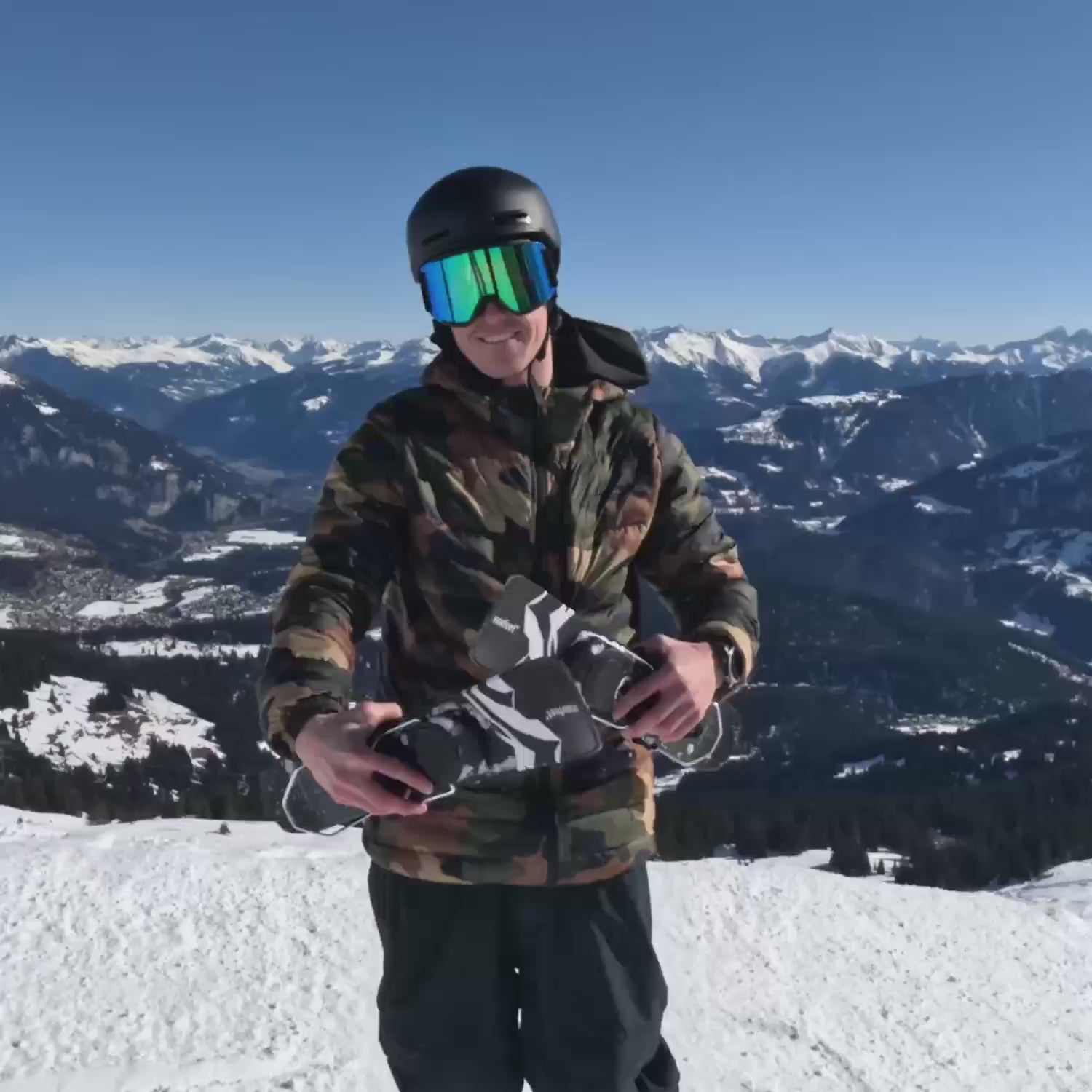
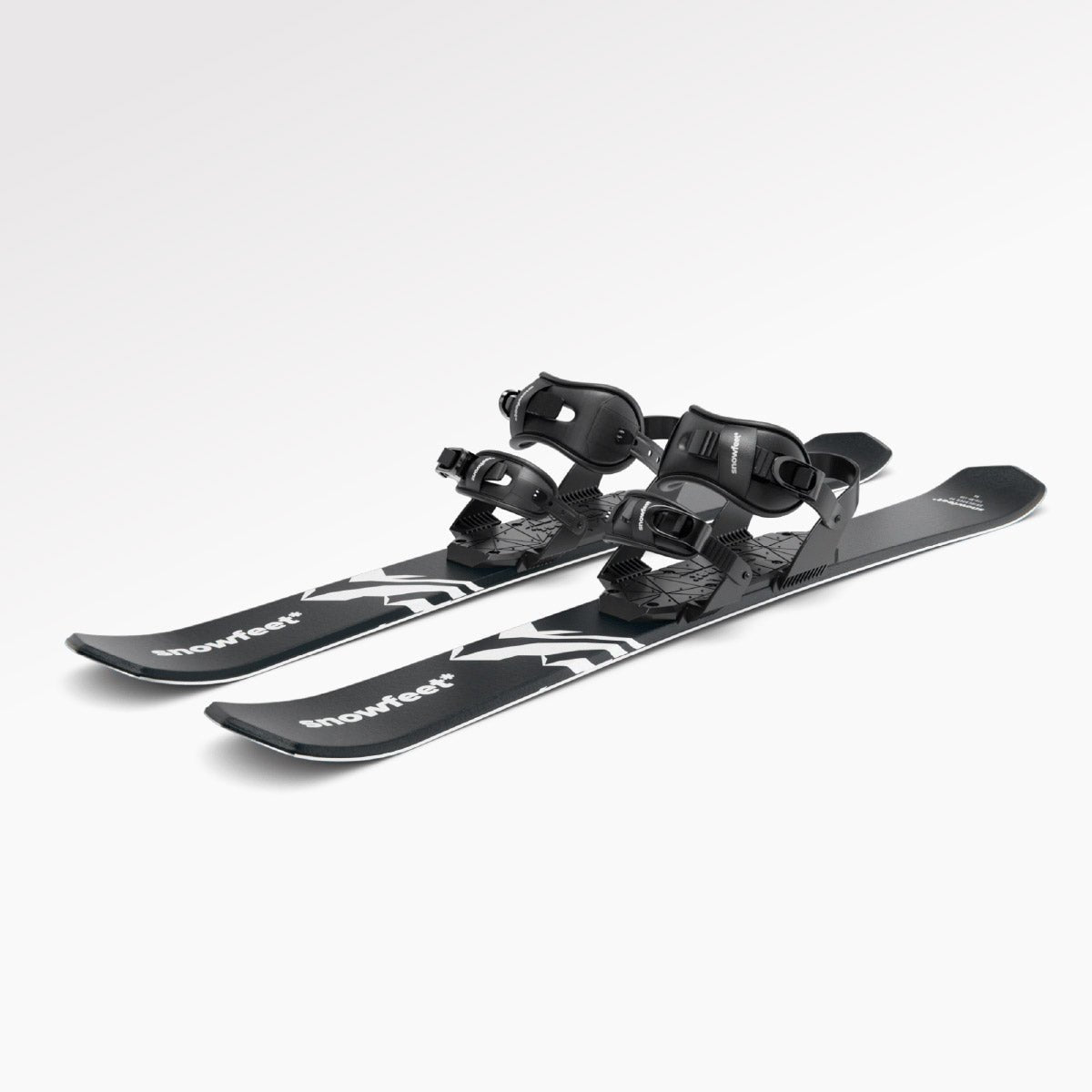
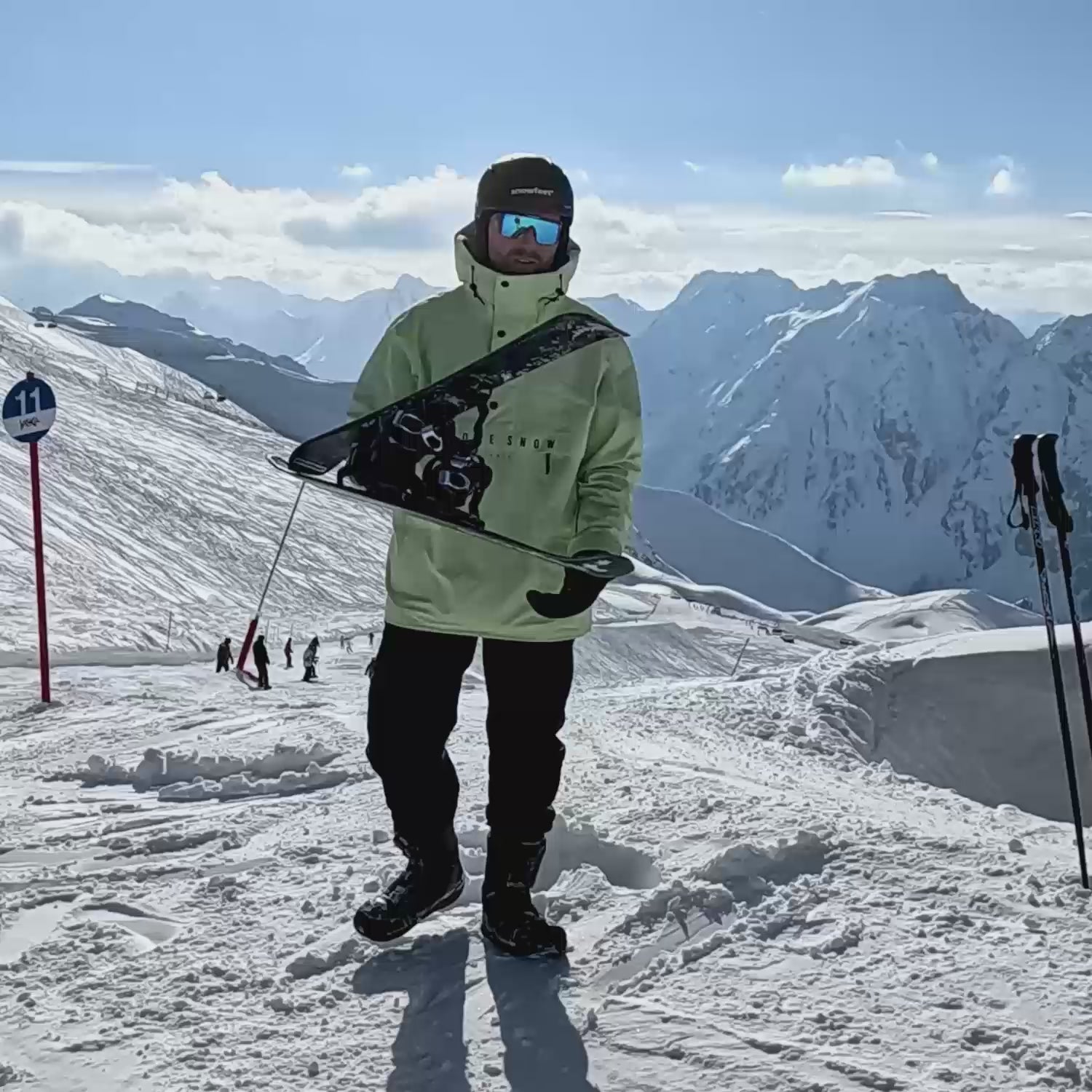
294 komentářů
tirzpwownc
Muchas gracias. ?Como puedo iniciar sesion?
abfgvewawp
Muchas gracias. ?Como puedo iniciar sesion?
ekukchojqr
Muchas gracias. ?Como puedo iniciar sesion?
xaocmzhwuw
Muchas gracias. ?Como puedo iniciar sesion?
hbhhgzsiql
Muchas gracias. ?Como puedo iniciar sesion?
Zanechte komentář
Tento web je chráněn službou hCaptcha a vztahují se na něj Zásady ochrany osobních údajů a Podmínky služby společnosti hCaptcha.